#Diana Rowden SOE
Text
John Young: SOE Wireless Operator F (French Section)
John Young.
John Cuthbert Young was born to British parents in Newcastle, England on 25 September 1907, he was married to a French woman and employed as a fire insurance surveyor before enlisting into the British army. Young was recruited by SOE on 27 April 1942 and is said to have struggled with the physical part of the training and his suitability as an agent was called into question after SOE…

View On WordPress
#Alan Malcher Military Historian#André Maugenet Soe#Diana Rowden SOE#John Young SOE#SOE#Special Operations Executive
0 notes
Text
FG. OFFICER. DIANA ROWDEN // SOE AGENT
“She served in the Women’s Auxiliary Air Force and was an agent for the SOE during WWII with the codenames of Paulette, Chaplain and Marcelle. She was a member of SOE’s Acrobat circuit in occupied France where she operated as a courier until she was arrested by the Gestapo. She was subsequently executed at the Natzweiler-Struthof concentration camp.”
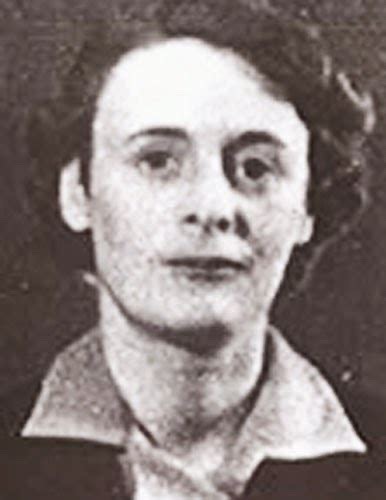
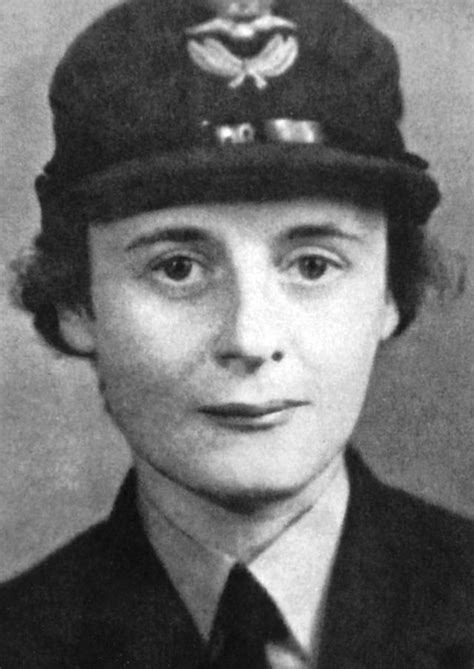
0 notes
Photo
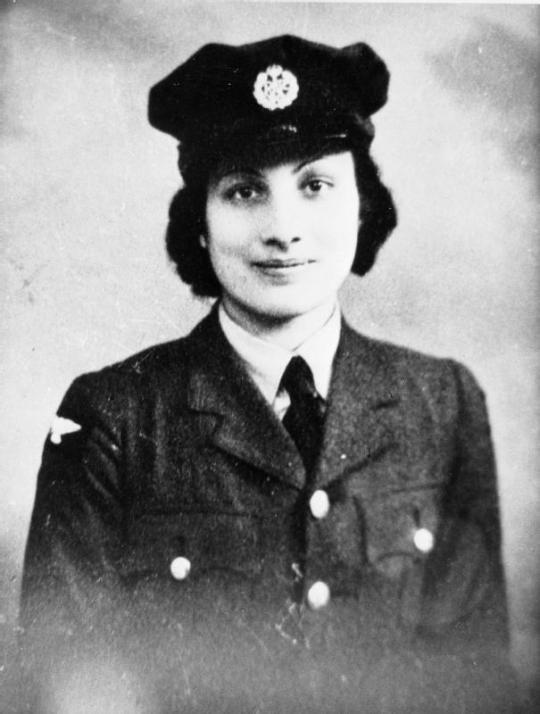

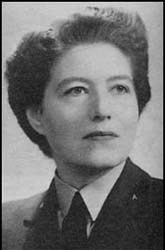
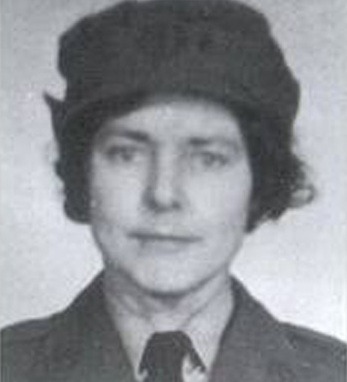

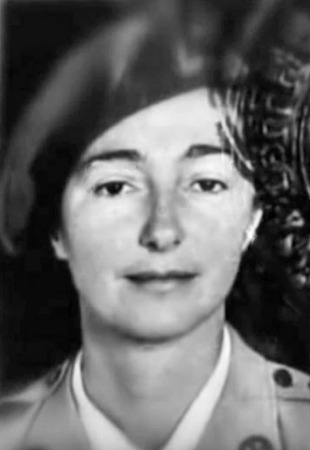

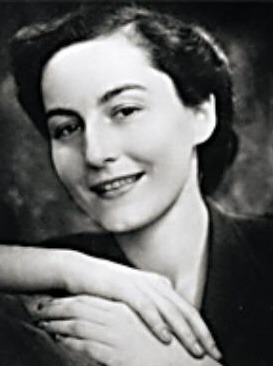
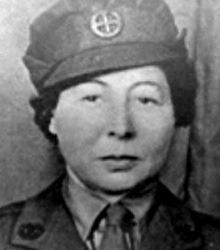
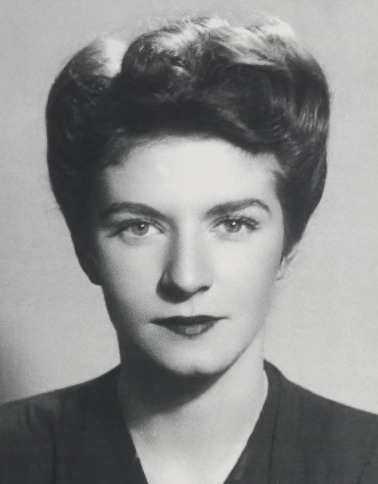
The Heroine Spies of England’s Special Operations Executive Office in World War 2: PART 2
Noor Inayat Khan - Indian/Muslim, assistant section officer. Executed in Dachau Concentration camp.
Diana Rowden - British section officer. Executed in Natzweiler-Struthof concentration camp.
Vera Atkins - Romanian intelligence officer, SOE F Section. Survived the war.
Cecily Lefort - British intelligence officer, SOE F Section. Executed in Ravensbrück concentration camp.
Anne-Marie Walters - Swiss Section officer and field agent. Survived the war.
Krystyna Skarbek - Polish born field agent, “ was one of the longest-serving of all Britain's wartime women agents.” Survived the war.
Nancy Wake - British Captain. “ By 1943, Wake was the Gestapo's most wanted person with a 5-million-franc price on her head.” Survived the war.
Lilian Rolfe - French ensign. Executed in Ravensbrück concentration camp.
Vera Leigh - British ensign. Executed in Natzweiler-Struthof concentration camp.
Eliane Plewman - British ensign. Executed in Dachau concentration camp.
#world war II#world war 2#ww2#wwii#england#united kingdom#special operations executive#soe#intelligence#espionage#spy#officer#soldier#military#history#retro#old#classic#vintage#photograph#portrait#cia#war#battle#underground#feminism#women#female#girl#mi6
16 notes
·
View notes
Text
Drama Evaluation
Hidden HERstories is about 4 SOE women who had a massive impact on the 2nd world war, yet are hidden and seen almost insignificant by society due to them being women. As a group we wanted to focus on the vital role women played within the war, showing how ‘housewives and mothers, people who knew that there was a job to be done and who were willing to' (Addis 2019) join the war, and focus on the sacrifices they induced - especially the four in question; Odette Samson, Vera Lee, Diana Rowden and Andree Borrell.
Brionne Kimmings was a star influence in our work. Using imagery as a way of communicating to the audience is key in how we wanted to portray the women's sacrifices and war efforts. As well as Kimmings we took influence from Tom marshman, He not only harvests testimonies and brings them back to life, but he also adds movements and soundscapes in order to add emotion and layers of context. To do apply these practitioners work, we first wanted to look at what works/doesn't work in this medium - Online theatre.
This is the first piece of online theatre we have create, showing us challenges surrounding tech quality, down to lack of equipment and space. In order to overcome these challenges we looked at what we can do in these situations, realising that cameras are movable, we can travel to different settings without audiences knowing and appear instantly off stage at the touch of a button. I feel despite new challenges our piece was successful. We managed to portray out characters and hopefully do them justice and give them a voice we so desperately felt they needed. Not only
Through the making process the most important thing I’ve learned is to have focused and in depth research. When bringing this piece to life and taking past the research stage I found that having a solid structure of factual and historical data was key in order to do this justice. This idea of having text material and research to lean on allowed me to explore the character of Vera further, highlighting not only the struggles of SOE women, and women of war, but the personal struggles she and this isolated group of women faced.
Confidence is also a problem for me. I feel I try to stay within my comfort zone and I find it really difficult to branch out and do something new in fear of failing. To work and Improve on this I feel I need to ask for more guidance and take risks. To continue to apply the skills I have learned in the future, I will learn to be more confidence and then consequently more set on my tasks, I will also focus more on imagery and being not to scared to leave my comfort zone.
Bibliography
Addis (2019) History Hub, Website, Available at: http://sites.austincc.edu/caddis/world-war-ii-1942-43/ [accessed 02/05/2021]
0 notes
Text
Rehearsal diaries - reflective journal
Rehearsal one:
This was our first meeting together and we started off by brainstorming ideas we were interested in. As talked about by Tom Marshman about biographical theatre, it is important to think about stories you are interested in, but it is even more important to think of the stories that perhaps haven’t been told or spoken about enough. So, we began to talk about different topics that are perhaps hidden from history and decided, being 4 young women we wanted to look into the influential women of history that haven’t had their stories told. Within minutes we were researching and reading into so many amazing stories that none of us had ever heard of that we all agreed we should’ve been taught about alongside the influential men in our history lessons.
Some of our initial ideas led to topics such as:
- Women’s suffrage
- Women in prison
- Sexual assault
- Female WWII spies
As we came across the history of female spies during the 2nd World War, Sophie mentioned a book that she owned called ‘Bloody Brilliant Women’ (Newman, C, 2012) This book has accounts of women in history that perhaps we haven’t heard of, but they are just as influential as some men and women we have learnt about in different aspects of history. This idea inspired us to do some more research into some of these women that had been silenced by history. This became our source material.
Moving on we decided to think and talk through Tom Marshman’s recommended who, what, where, why and how structure to enable us to think about our goals for the piece and the reasons behind what story we are choosing to tell.
WHO – The women who were erased/ silenced by HIStory.
WHAT – History is dominated by the male perspective. What happened to our women of history?
WHERE – In America/ Britain. France etc. Small scale setting – maybe inspired by Top Girls? Historical women around a table at dinner.
WHY – Bringing forgotten voices to the foreground.
HOW – Format – like top girls? OR modern girls/ women finding this information about ther female ancestors.
Next, we decided to go away and do some research into women that we ourselves had found online who haven’t been spoken about enough let alone taught to us in school. I found information about a lady called Cecilia Payne-Gaposchkin:
· A British-born American astronomer and astrophysicist.
· She came up with the theory that stars are composed of hydrogen and helium.
· Her thesis was rejected at first due to the scientific wisdom of the time, but she obviously was way ahead of her time because later on this was proved to be correct.
· She went on in 1925 to be the first person, not first woman but first person to earn a PhD in astronomy from Radcliffe College of Harvard.
· She remained scientifically active all her life and spent her whole academic career at Harvard. When she began women weren’t allowed to be professors at Harvard.
· She relied on low paid research jobs and ended up publishing several books.
· Eventually in 1956, her hard work was recognised and as she was being promoted constantly, she became the first female professor within Harvard’s faculty of arts and sciences.
· And later, the chair of the department.
My other group members researched into women named: Hedy Lamaar, Paulina Luisi and Andree Borrel.
Sophie was the one to research into Borrel’s life as the first female paratrooper in WWII and how she saved a lot of soldiers and pilots overtime. She was accepted into the Special Operations Executive’s first female class where she quickly became command of her team. Unfortunately Borrel was captured in a Gestapo raid but refused to talk during interrogation so was held in prison in Paris. She was transferred to a German prison but two months later was then secretly sent to a concentration camp where she was recognised by another prisoner she had worked with prior. She was given a ‘lethal’ injection before being placed in the crematorium oven. She woke up, her injection had failed but she was forced into the oven by a number of prison guards and buried alive. After her death she was posthumously awarded an MBE along with a resistance medal by French Forces after the war.
After reading a little bit into all of this, we decided to research further and found there were in fact, 7 other women who had trained together back in England as SOE agents. We were now thinking of pivoting our plan to focus on this prison (Fresnes, 1943). We were all immediately inspired by this historical story and had already come up with ideas, such as setting it using the computer screen to our advantage and using our ‘boxes’ on screen as prison cells. We felt there was so much to explore. We decided to bring this rehearsal to a close as there was a lot of research that needed to be done. We each went away and looked into 1 or 2 of the women involved in the SOE to enable us to see which ones we would like to portray in our performance. We decided that we would most likely choose 4 women enabling us to have one woman each to delve deeper into her story and retell it in detail to an audience.
The women we researched were – Odette Sansom, Vera Leigh (my research), Sonia Olschanezky, Diana Rowden, Yolande Beekman, Madeleine Damerment and Elaine Plewman (my research).
Rehearsal two:
Prior to this rehearsal we pitched our ideas to our class and class tutor. This enabled us to get an outside perspective and also highlighted some obstacles we may face. Here is the feedback we got:
- Is there enough information to produce a full piece? – to which we answered yes, for most of the women. There was a lot of information on Wikipedia so we figured there must be resources somewhere online. We wanted to research on different platforms to make sure its reliable and also to gain different perspectives (documentaries, online information, e-books, books, digitised archives.)
- We could look into the relevant topic of HIStory vs HERstory – who has told these stories? To which we found that most accounts of these women came from male soldiers/prisoners – inspiring us to highlight the male perspective dominating history.
- The idea of histories being in a prison – this added to our idea and inspired us so much that we names our performance ‘Imprisoned HERstories’ as the women’s stories had been silenced just as they were when captured and imprisoned literally.
So in this rehearsal we talked through our individual research (pin-pointing interesting facts and character traits that we found). It helped us shape our initial idea for our performance in the way that we could choose who we wanted to represent. We uploaded all of our research into a Google drive folder so that we could share it easily without wasting time going over it in rehearsals. This was a very useful platform throughout the rehearsal process and will definitely use it in the future. We also found lots of different links and documents that helped us shape the character basis and plans for representing the women correctly, backed up with the correct facts.
Eventually, we decided on 4 women based on several factors – their interesting lives and back stories, their experience during the war, their mistreatment and also the amount of online information about them in order to create a successful and truthful piece. These women were Odette Sansom, Madeline Damerment, Andree Borrel and Vera Leigh. However, after looking at the timeline of each of the women’s imprisonment and execution dates we decided to replace Madeline with Diana Rowden as it fit in with the others a lot more. After joining our research together we realised that all women were imprisoned and executed together at the Natzweiler concentration camp, apart from Odette as she survived. This gave us a bit more to work with in terms of structure because the fact that Odette was placed in a different camp gave us something to play with in terms of why she wasn’t killed etc. We actually found that Odette had a lover called Peter Churchill who was the nephew of Winston Churchill himself which is the reason she was the only one saved (because she was used as a weapon/ safety net).
Rehearsal three:
We checked in with our tutor and gained some guidance and advice for the next steps as we weren’t sure how to actually begin writing it. We showed back some testimony we had found from Odette as she was the one who survived (and also the only one with interviews and recordings, she lived on to tell the others’ stories). We did this just to get some sort of script together and to hear how it sounds rather than just reading into research. This proved very helpful as we were immediately inspired to add more to the script just from reading some facts aloud. We were starting to think of dramaturgical choices here but not in depth yet as we wanted to get all of our research clear and edited first.
Due to our performance only allowing 20 minutes we had to filter through our research to find which parts we wanted to perform. To do this we came up with a basic structure of our piece, starting with the introduction with became the factual section. This is where we talked a bit about the SOE and what they did and also introducing each woman but not going into their backstories too much as we wanted to keep this part brief. After all, we were focussing on their experience with the SOE not their lives prior. However, we wanted to ensure also that the audience felt connected to each woman so knowing a bit about their life did feel important. This proved difficult as there was only testimony material for Odette. This problem reoccurred throughout the development process however we overcame it by using the information and research about the other women we did have to our advantage. By getting to know the other women through our research we were able to build their character and write a monologue for each one. There were some small snippets of their personality that were shown in our research such as, Andree Borrel was known to have rolled her own cigarettes and Vera Leigh was known as very confident. Things like this are what helped us build our characters and develop them. In order to portray these women correctly.
Rehearsal four:
After structuring our piece we were able to move onto the dramaturgy of each section, we did this through blocking which enabled us to create transitions and creative choices. This was quite hard to begin with as we felt we were disrespecting the women if we played them too much in the sense that we could lose the true meaning with too much showing rather than telling.
We started with the monologues, we decided to pin-point specific moments that created visual images for us. We then chose different movements (about 3 for each of us) that we would perform to bring the story to life. However, this is where we faced the obstacle, I mentioned earlier of showing too much rather than telling. We grew to learn more about this as we went on, and our class tutor described it to us as, letting the story tell itself. Which initially we thought was too simple but in fact felt a lot more natural and enabled the audience to listen to the words rather than focussing on our movements. This reminded us to stay true to the story and keep it as natural as we can. We also decided to turn our cameras off whilst the remaining woman spoke her monologue as we felt this was more focussed and made more personal for the audience.
Additionally, we chose to speak out each woman’s name, birth date, death date and age at death. This started as Odette being first as we felt it important to show her as the only on who survived. We also thought this would help highlight the matching death dates of the other three women. However, after rehearsing this in different ways we decided to place her as the last introduction. The remaining three women, (played by Sophie, Carlie and I) spoke in unison on the line ‘died 6th July 1944’ because this highlights further how they were executed together. The placement of Odette at the end of the introductions would make the audience feel like something is missing when she speaks out her death date alone. We thought it made it clearer as well as a lot more effective dramaturgically.
Through experimenting with our staging, we decided to place our cameras against a white/ plain background (as much as was possible). This was to make the piece feel clinical and bare, just as the prisons would’ve been. We also decided that it was important for Odette (Rachel) to move around, carrying her laptop to show how she was in hiding and to differentiate her from the rest of us. This proved difficult as Rachel only had one plain area in her bedroom, and we didn’t want to distract the audience from the story. To overcome this, we decided that Rachel could simply pick up her laptop, bringing her face closer to the screen but staying in the same position. This had the same effect.
We had a lot of guidance from our tutor and although we would’ve wanted some more it was difficult to meet these ideas because of the restrictions of our online platform. We did take some ideas on board however such as keeping some parts simpler. The ending was originally going to be each of us walking on screen for the final ‘in memory of’ call to represent the women ourselves, but it proved a lot more effective to just have the picture of the woman and the candle as the ending image, enabling the audience to feel sad and emotional towards the deaths of these inspirational women.
0 notes